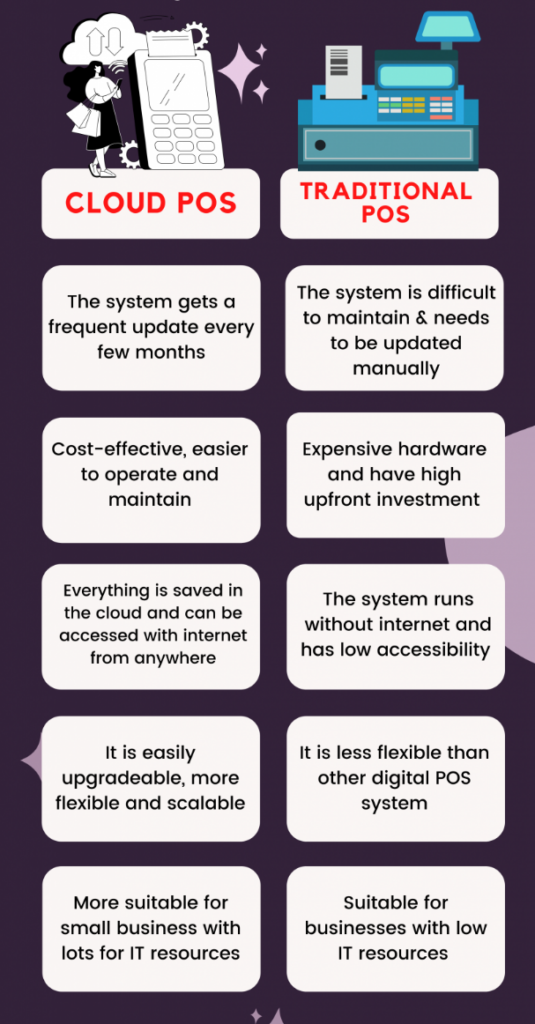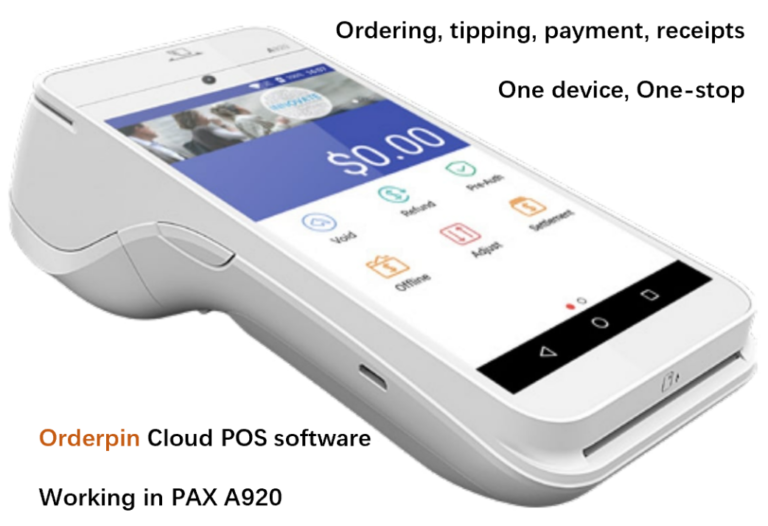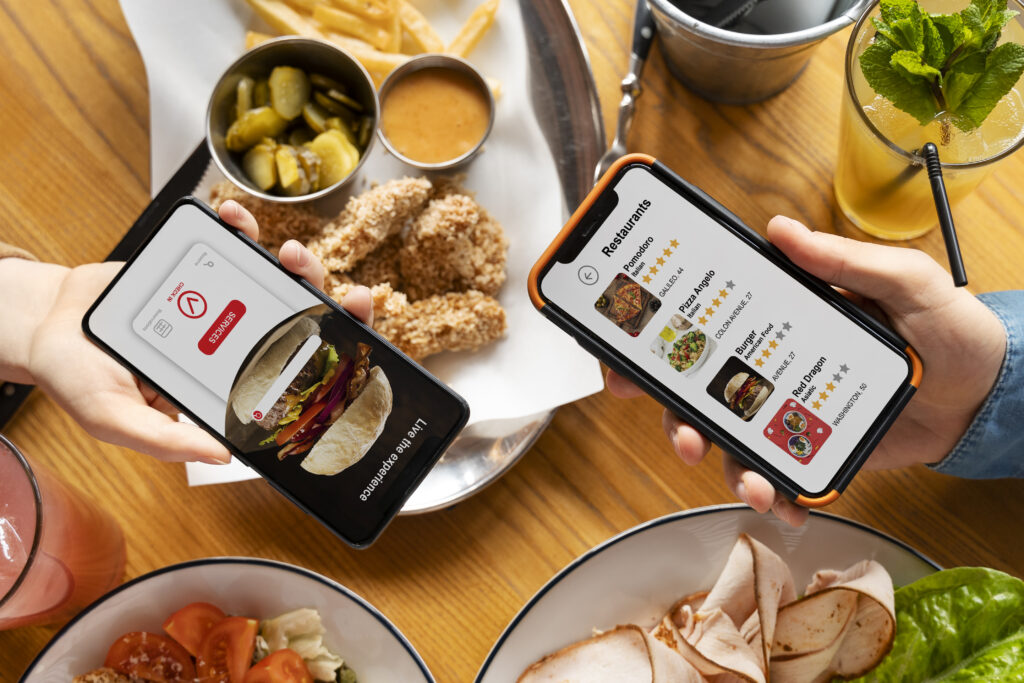Traditional POS is usually developed based on the Windows operating system and uses a local database. It existed before the Internet appeared, so there is no requirement for Internet access (it can work connected to the Internet or not). There is no problem in using traditional POS to manage the internal operations of a retail or restaurant.
However, as more and more users use Internet services, traditional POS seems to be increasingly unable to cope with it. For example, a customer of a restaurant uses Opentable.com to make reservations, uses online ordering to place orders (whether through Google Maps or Uber Eats), and uses online payment after consumption. At this time, traditional POS that is no longer connected to the Internet cannot manage these data in a unified manner and will become increasingly unable to efficiently manage restaurants and provide customers with a better experience.
Related articles: Cloud POS era: white label or self-developed? 
Cloud POS systems are usually developed based on Android systems, using novel designs, rich peripherals, and low prices; for example, Orderpin cloud POS software runs on PAX’s A920 terminal, allowing waiters to easily provide customers with better tableside services, ordering, cashiering, and tipping in one go, which can improve customer satisfaction and improve waiters’ work efficiency as well.

Related articles: How to choose a white label POS partner? At the same time, the cloud POS system uses the Internet to store data in a more secure and faster cloud server. These data are connected to a powerful back-end system, allowing you to access your data more easily from anywhere with an Internet connection.
After the data is stored in the cloud, it is easier to access and expand third-party services. For example, the table information reserved by users online can be transmitted to the POS in a timely manner; for example, orders from the takeaway platform can enter the kitchen seamlessly, and the report of these orders is also clear at a glance; merchants can also open their own takeaway stores on Google map through online payment to conveniently serve their customers.
From the positive and negative sides of the coin, after years of development, traditional POS still has its advantages in maturity and habituality; Especially for large-scale catering retail enterprises, because there are a large number of internal systems such as ERP, human resources, and finance that need to be connected to the store’s POS, if the store’s traditional POS is upgraded to cloud POS, the connection of these internal systems requires a huge budget and a lot of time. Therefore, for large chain catering companies, they have to continue to use traditional POS.
Related articles: What do you need to prepare to have your own brand
of white-label POS? But for small and medium-sized enterprises or independent restaurants, since they are not burdened with complex ERP and human resource management system docking, they can fully enjoy the benefits of cloud POS. Therefore, more and more SMEs and small and medium-sized restaurants are using cloud POS. Just like in the personal consumer field, people have switched from traditional mobile phones to Internet-connected smartphones, which is an unstoppable trend.

